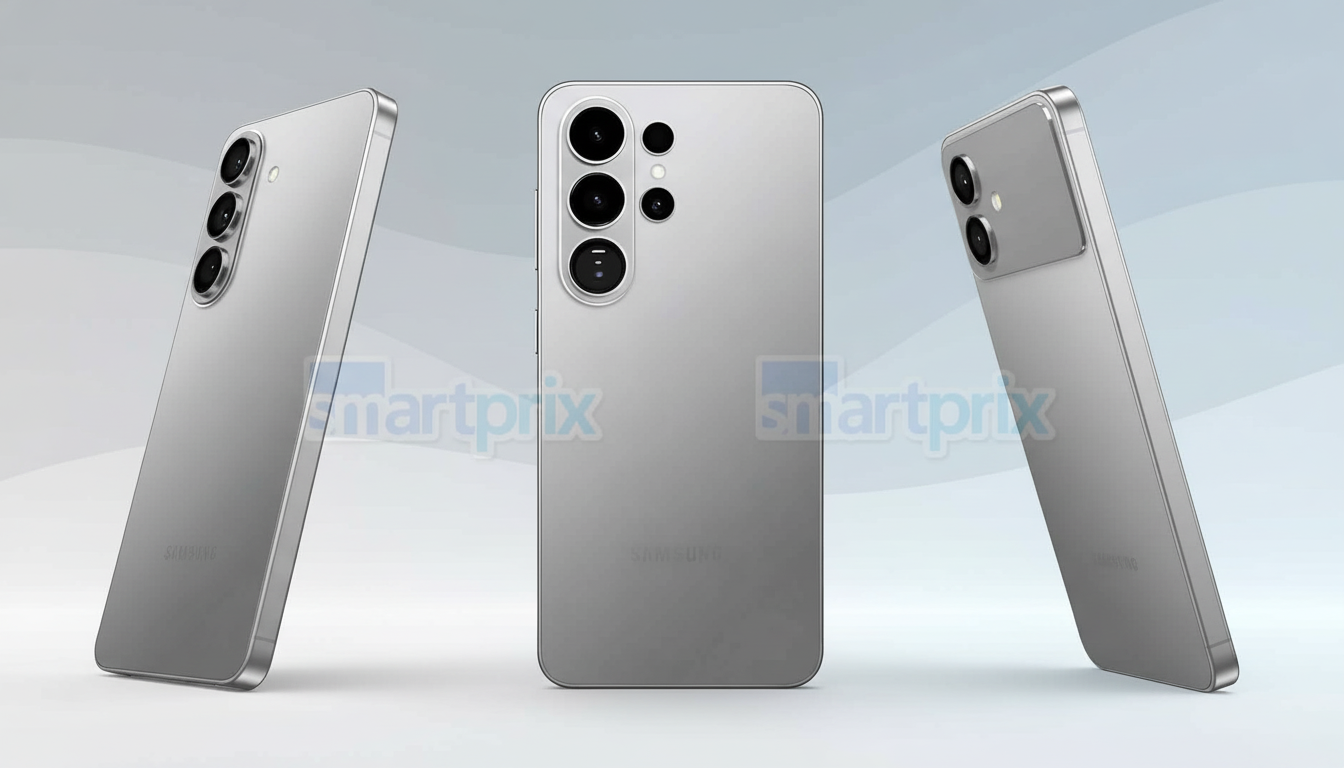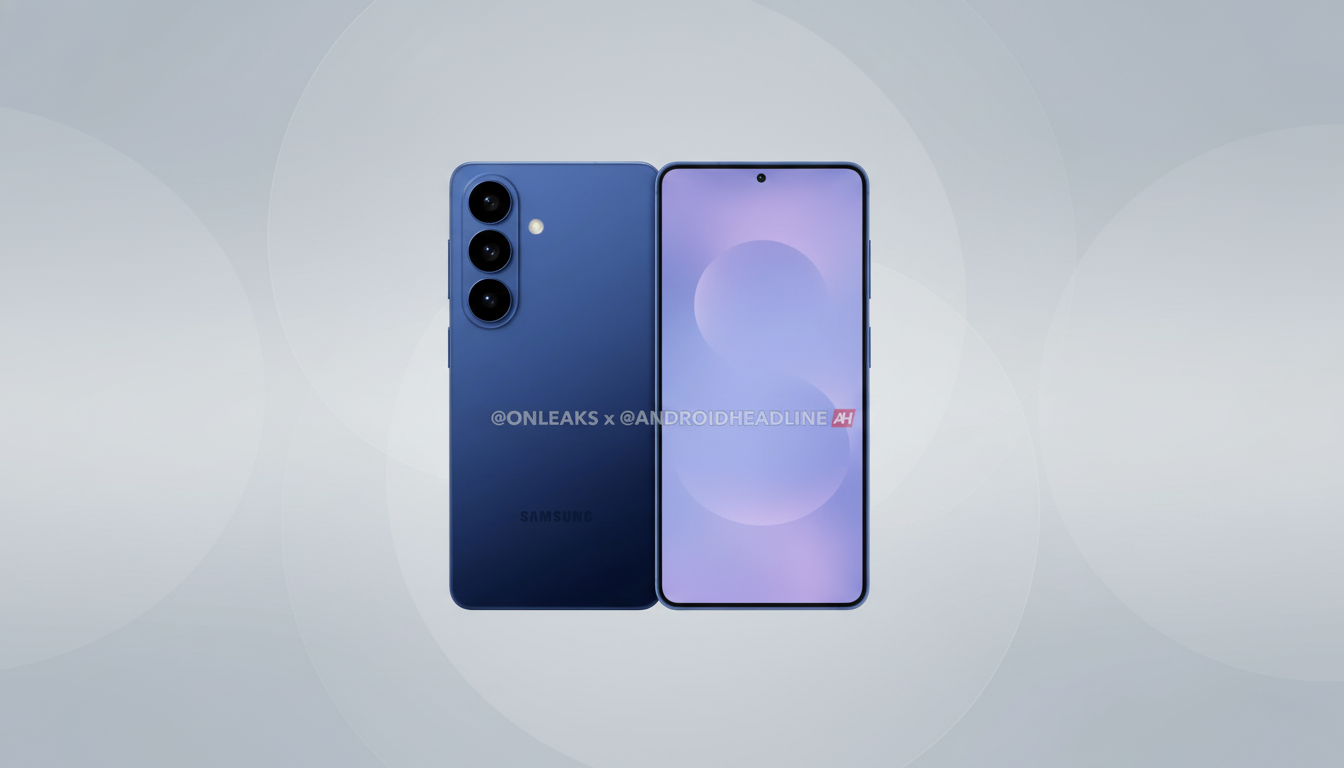The Galaxy S26 Pro was set to mark a new naming convention for Samsung. Instead, it’s over before it was even there. Now, several industry watchers are reporting the company is returning to its comfort zone triumvirate: Galaxy S26, Galaxy S26 Plus and Galaxy S26 Ultra, ditching the rumored “Pro” and dropping both the short-lived “Edge” exercise.
Why Samsung Pulled the Plug on Its Pro Plan
Brand architecture only makes sense if shoppers immediately understand what each tier represents. “Pro” has turned into shorthand for more-expensive, feature-laden flagships thanks to Apple and, more recently, Google. But for Samsung a base model could go “Pro” then “Edge,” muddying its hierarchy: base, mid-tier big-screen and no-compromise Ultra. Credit: Pricebaba / OnLeaks. According to leaker Yogesh Brar, Samsung is going back to basics with the names it knows customers can deal with.

There’s also the practical retail reality. Carriers and big-box retailers depend on clear signage and straightforward upsell stories. A “Pro” that’s not the top device can make it more confusing to train staff or search queries, and even how accessories are labeled. Retailers have been through this sort of thing before: OnePlus flirted with “Pro” for a moment, then backtracked towards simplicity; Xiaomi alternates between “Pro” and “Ultra,” mostly eliciting confusion out West.
Market dynamics probably also played a role. According to some published research by Counterpoint, premium phones represent about a quarter of unit shipments but more than half of industry revenue. In that kind of a backdrop, Ultra is the margin driver. And a rebranded middle “Pro” pushes cannibalizing the Ultra’s pricing but doesn’t help the entry point flagship buyer.
The Edge Detour and the Return of the Plus Model
The “Edge” was framed as a thin and light alternative, but early channel feedback said the idea didn’t quite resonate. Consumers already associate “Edge” with older curved-display models or even midrange versions, not its own special flagship identity. “Plus,” meanwhile, has years of equity as the larger-battery, larger-screen step-up for those who want more endurance and display acreage without shelling out for Ultra.
For carriers, the Plus model is the workhorse sweet spot: easy trade-in math, wide accessory appeal and a value pitch that’s straightforward to explain. Enterprise buyers — who care about total cost of ownership, battery life, and predictable form factor instead of design experiments — are more likely to prefer the Plus tier. Bringing Plus back is in line with how devices are actually purchased and used.

Naming Stability Yields Real Business Benefits
Consistency reduces friction. It’s been something IDC has mentioned for a while as well, noting in such markets — the U.S. and China among them — replacement cycles extend and buyers are looking to familiar markers when they do decide to upgrade. Stable names improve search visibility, case ecosystems and screen protectors, and cross-generational shopping. It also seems to help maintain the SEO footprint consistently with millions of product listings and carrier pages across multiple countries.
There’s a competitive angle, too. Apple’s “Pro” captures a large portion of the high-end demand — CIRP has reported it over and over, Pro and Pro Max lead the revenue mix in America — but that strength is derived from having only two levels to its premium-to-low-end market. Samsung’s three-tier totem pole, should Ultra be its aspirational peak, is better served by clear rungs than aping a rival’s descriptors.
What The S26 Lineup Probably Looks Like At This Moment
So expect a classic spread: Galaxy S26 as the standard mainstream model, Galaxy S26 Plus as the battery- and display-supercharged variant, and Galaxy S26 Ultra as the camera-first, stylus-equipped halo phone. Chipset strategy usually divides among in-house silicon for some regions and the newest Snapdragon for others, and that likely won’t change drastically.
On the software side, the company has doubled down on on-device AI features and elongated support timelines. The current flagship generation set a seven-year precedent that would be a bigger in-person upgrade to anyone who bought it than any new badge on the box. Its camera pipelines — that is, computational photography and low-light processing as examples — are where year-over-year gains are apt to come, even on incremental sensor hardware.
A Name That Never Was for Samsung’s S26 Pro
Ultimately, the Galaxy S26 Pro was a headline looking for a product. The reset is not so much a withdrawal as it is a course correction: A cohesive model lineup that corresponds to how people actually buy phones. The base remains accessible, the Plus comes back as the endurance and big-screen value play, and the Ultra retains its spot at the top. Labels are transient; clarity is forever.

